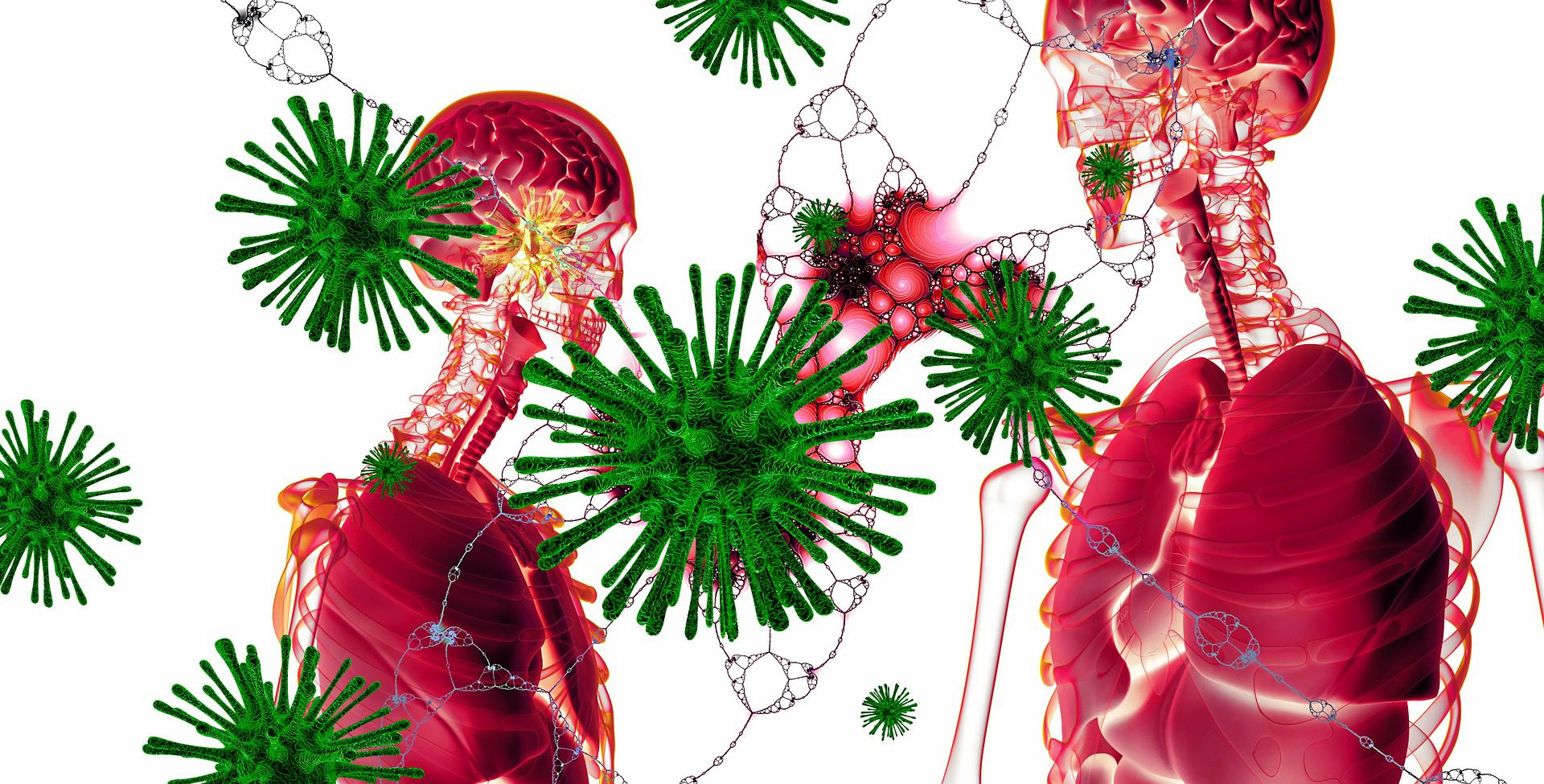
Photo Credit: Gerd Altmann / Pixabay
Trevena’s AT1 receptor-selective agonist TRV027 Aimed at COVID-19 in Two Studies
Trevena Inc.’s novel AT1 receptor-selective agonist TRV027 will be included in an international, adaptive Phase II/III study as a potential treatment for COVID-19 patients. The study is being supported by multiple international governments and global research organizations.
The Phase II/III REMAP-CAP (Randomised, Embedded, Multi-factorial, Adaptive Platform Trial for Community-Acquired Pneumonia) COVID-19 ACE2 RAS Modulation Domain study has been designed to evaluate therapeutic assets that target the renin-angiotensin-aldosterone system (RAAS). The hope is that modulation of the RAAS will be an effective strategy to prevent multi-organ failure and mortality in hospitalized COVID-19 patients. Trevena’s TRV027 is designed to prevent RAAS disruption by binding to and rebalancing AT1 receptor activation to halt acute lung damage and abnormal blood clotting that is common in these patients. TRV027 is also designed to activate the cellular pathway that selectively targets reparative actions that improve lung function and promote anti-inflammatory effects.
Few therapeutics have yet to be fully developed for these severely ill COVID-19 patients, but Carrie Bourdow, President and Chief Executive Officer of Trevena, Inc., has high hopes for this approach to treating COVID. Bourdow said to Trevena’s knowledge, TRV027 is the only selective AT1 receptor agonist at this stage of clinical development against COVID. Bourdow said the tactic may offer a “potentially more targeted and therapeutically beneficial approach compared to other experimental therapies being tested.”
As virologists predict COVID-19 is likely to remain a global concern despite vaccinations, therapeutics will be necessary to treat patients.
“There is currently no effective therapeutic specifically approved for the treatment of these complications. Even with the growing availability of vaccines, experts believe we’ll continue to see severe cases in unvaccinated subjects and in patients with compromised immune systems, exacerbated by the growing prevalence of increasingly virulent variants,” Bourdow said.
TRV027 is being assessed in two separate trials. In the REMAP-CAP trial, TRV027 is administered in conjunction with an ACE inhibitor on top of standard of care. Additionally, the National Institutes of Health is studying TRV027 in the ACTIV trial led by Vanderbilt University Medical Center as a single agent added to standard of care in COVID-19 patients. In both studies, researchers will assess TRV027’s clinical efficacy. IN the REMAP-CAP study, the primary endpoint is a measure of in-hospital mortality and organ failure support in the intensive care unit. The primary endpoint of the ACTIV trial is the number of days without supplemental oxygen.
“Both trials are also looking at additional clinical outcomes, including ICU and hospital length of stay, ventilator-free days, organ failure-free days, and overall mortality,” Bourdow said.
Bourdow added that the data generated from these studies will provide a wealth of information on TRV027’s clinical profile and utility as a treatment for COVID-19 patients. Should the data be compelling, Bourdow believes Trevena could be well-positioned to seek Emergency Use Authorization from the U.S. Food and Drug Administration and other regulatory agencies.
Bourdow and her team are cognizant of the rise of virulent strains of COVID and predict that TRV027 will be effective against them because of the belief these different variants attach to the same protein to gain entry to the cell, the ACE2 protein, Bourdow said. The virus’ attachment to the ACE2 protein is what leads to the hormonal dysregulation that TRV027 is “uniquely targeted to address,” Bourdow added.
Trevena’s focus for TRV027 is largely on COVID-19. But, if the data from the studies is positive, Bourdow did not rule out that its investigational drug could later be aimed at other indications.
“If these studies are positive, then there may be potential utility in other infectious events leading to acute lung injury and acute respiratory distress syndrome (ARDS), since it is known that similar hormonal dysregulation in ACE2 and the RAAS may also be part of those illnesses,” Bourdow said.





